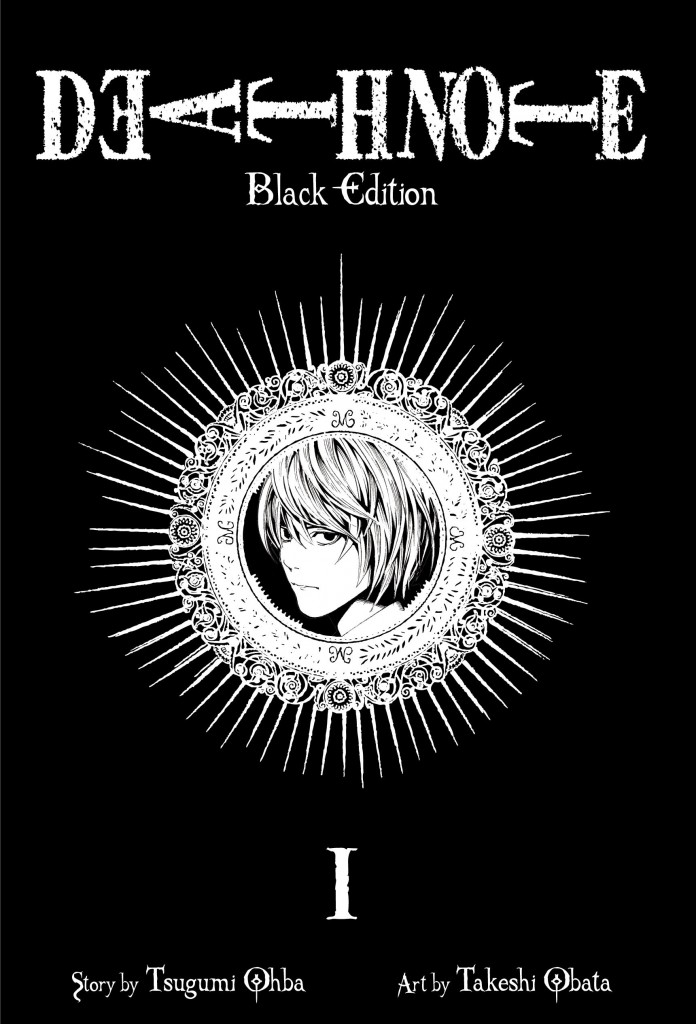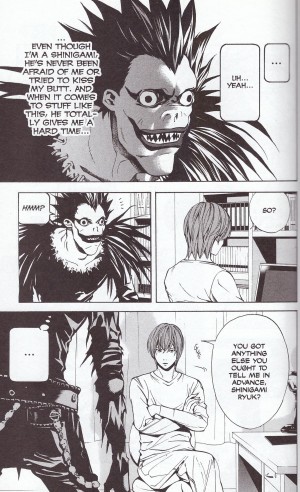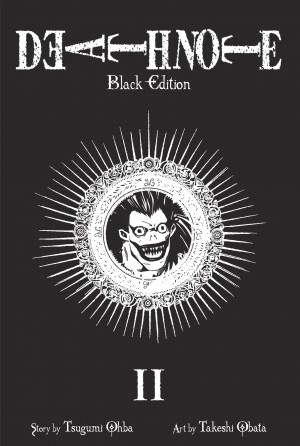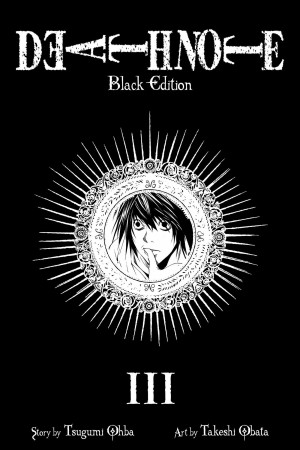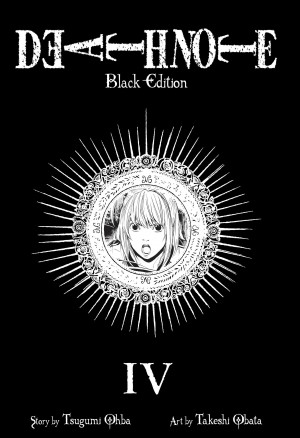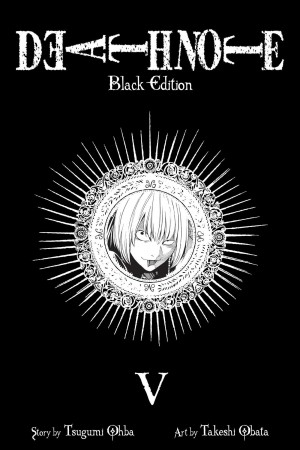Review by Karl Verhoven
This is a superb crime drama based on an exceptional dramatic hook that rapidly veers away from from the obvious direction.
Ryuk, an other dimensional being known as a Death-God or Shinigami, drops a notebook in Japan. Write someone’s name in a Shinigami’s notebook and that person will die almost instantly. If a cause of death is added within forty seconds, that will be the method of their demise, otherwise they’ll suffer a heart attack. It’s exceptional student Light Yagami who picks up the notebook. Writing in it for the first time attracts Ryuk to Earth, but he’s only visible to someone who handles his book.
Yagami is cold, analytical and smart. After the testing the parameters of what he’s found by ensuring the death of a guy who’s taken a primary school class hostage, Yagami sets out on a plan to better the planet by ridding it of the most appalling specimens of humanity. “I’m using the death note to change the world”, he vows, but for all the intentions of acting honourably, by halfway through this edition combining volumes 1 and 2, we see Yagami as fatally compromised.
This typifies Tsugumi Ohba’s twisting story. The likeliest exploitation from a writer who’s grown up with Western narrative traditions would be to highlight each death, whereas to Ohba’s plot they’re almost incidental. The suspense is generated by the presence of a super detective, a modern day Sherlock Holmes if you will, who makes leaps of deductive logic enabling him to learn much about Yagami and his methods if not the entire equation.
Takeshi Obata so rapidly and efficiently characterises the cast they can’t be imagined as depicted by another artist. The majority of everyday scenes are created via an admirably delicate ink line in panels that rarely play with light and shade. By contrast Ryuk is little but, memorably gruesome, illustrated with a manic stare and scary smile. Much of the drama occurs in Yagami’s room, which is seen time and again, but Obata ensures his panels of these scenes aren’t tedious or repetitive. The thought he commits to the art can be seen on the simple design with ornate elements Obata applies to the extremely effective covers on these editions.
Ohba’s script is very clever, challenging our morality by extension, asking how far we’d go under similar circumstances. The methods of providing suspense alter, and by the end of the book most people’s opinions of a major character will have experienced a 180 degree switch.
The pages will turn rapidly, and there’ll be a desire, perhaps a compulsion, to head directly for the continuation. Alternatively, there’s the massive All In One Edition collecting the entire story.
